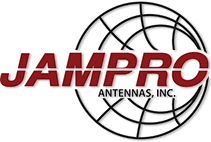Last week, the FCC recorded Entercom’s applications to transfer several of their stations into a trust for the purpose of divesting them due to exceeding the maximum stations allowed within a given metropolitan market.
Entercom, which owns four FM stations in the San Diego market, announced an agreement to merge with CBS Radio on February 2, 2017. CBS owns two FM stations in San Diego. In order to conform to the FCC limit of five FMs, KSOQ 92.1 MHz Escondido was offered into a divestiture trust for later sale.
Similarly, the new group asked the FCC to put into the same divestiture group KSWD 100.3 and KCBS-FM 93.1 in Los Angeles, though only one will likely sell.
In San Diego, two full-time engineers work for CBS Radio and two for Entercom.


